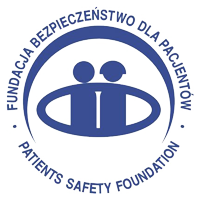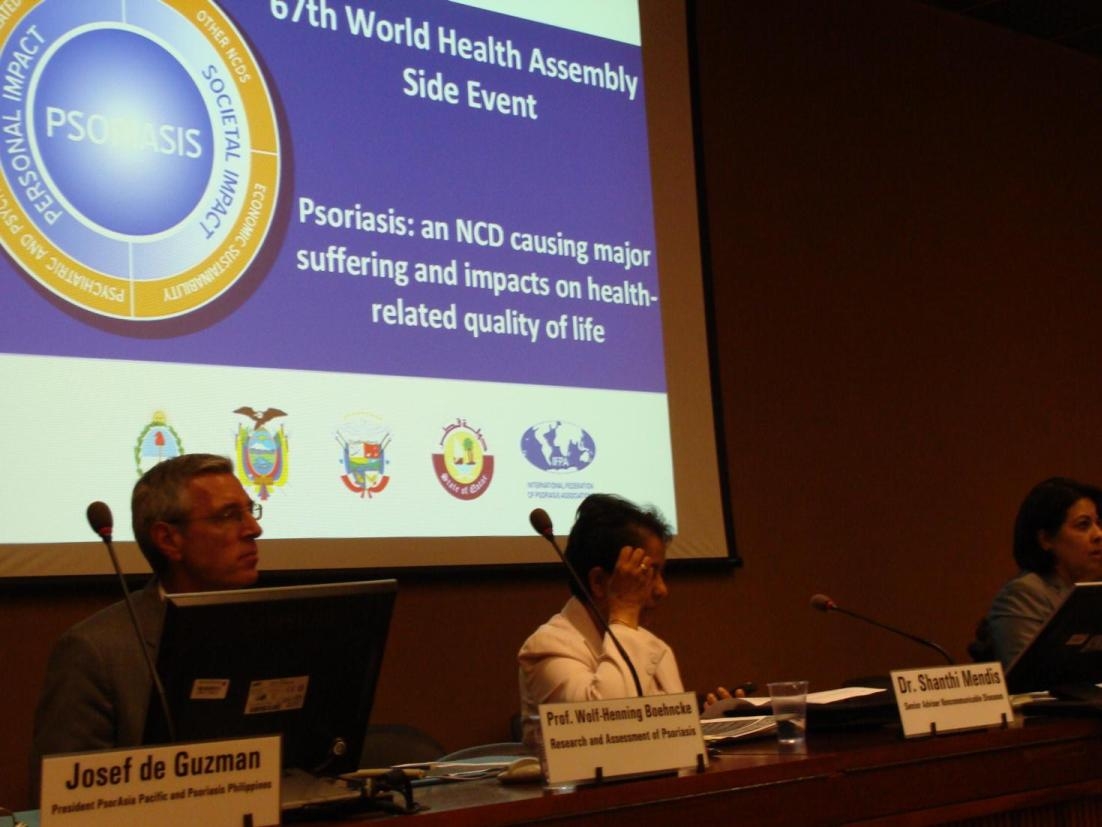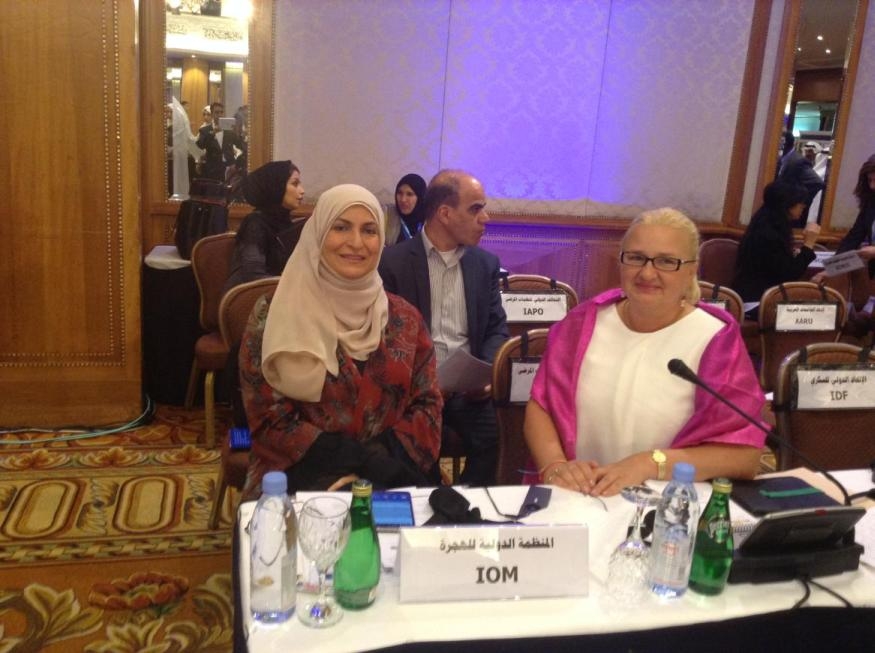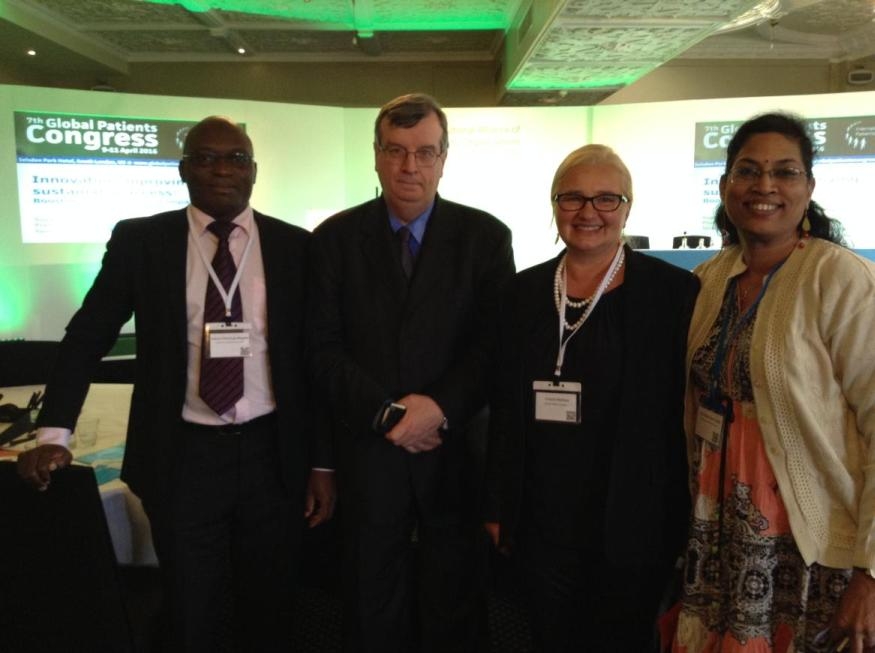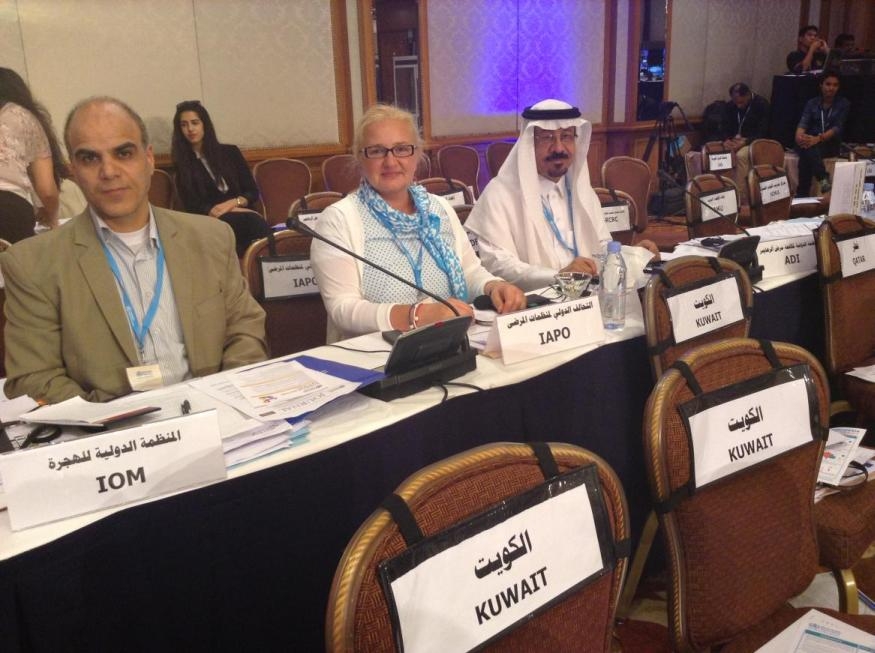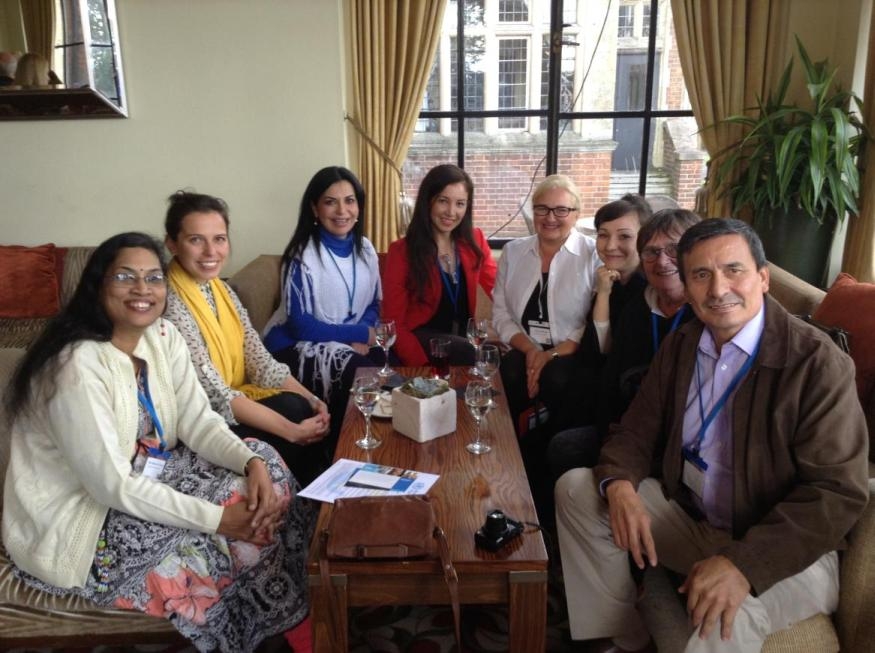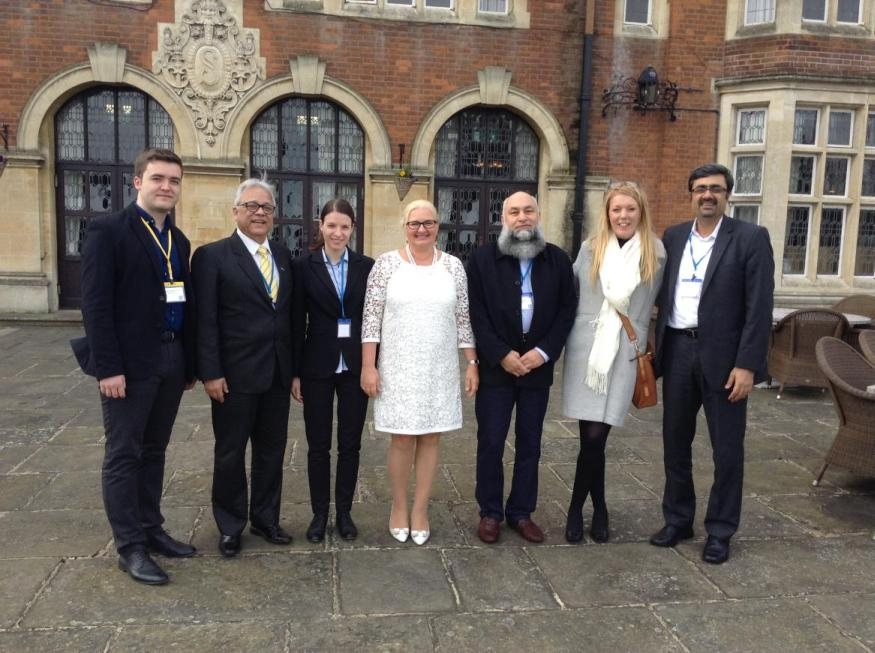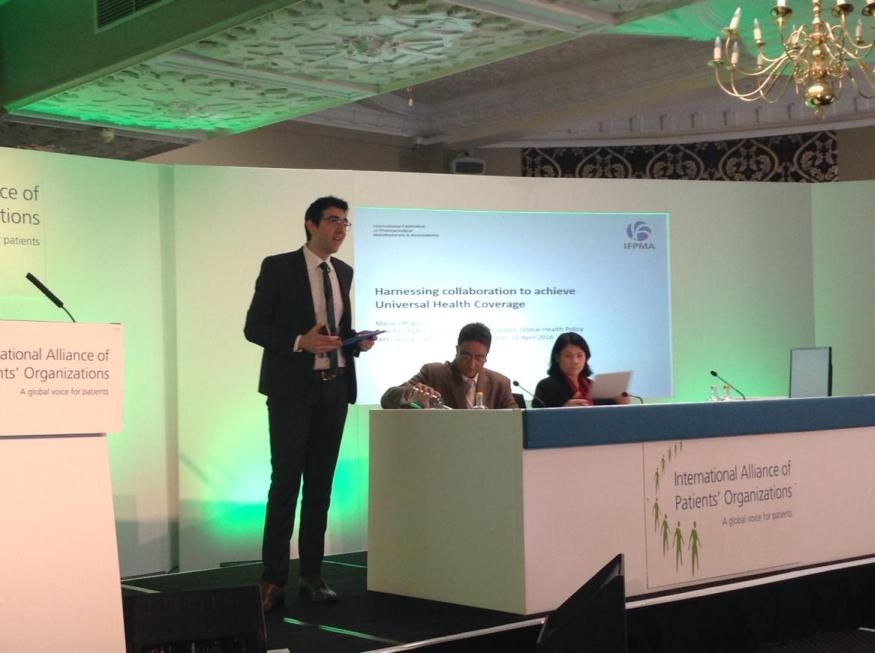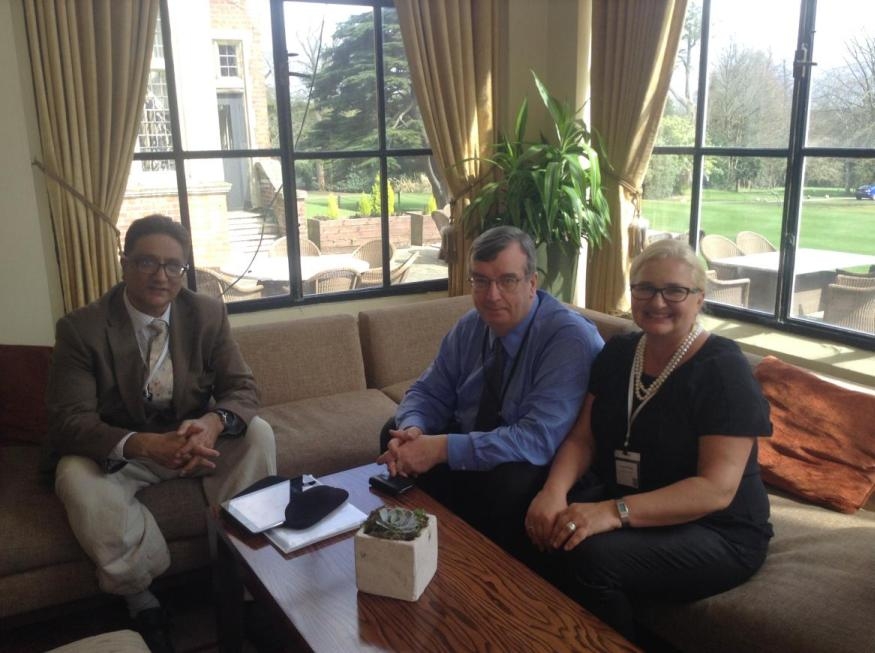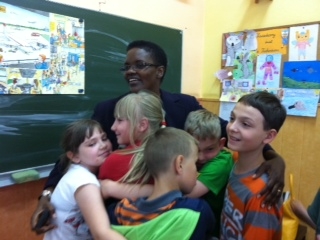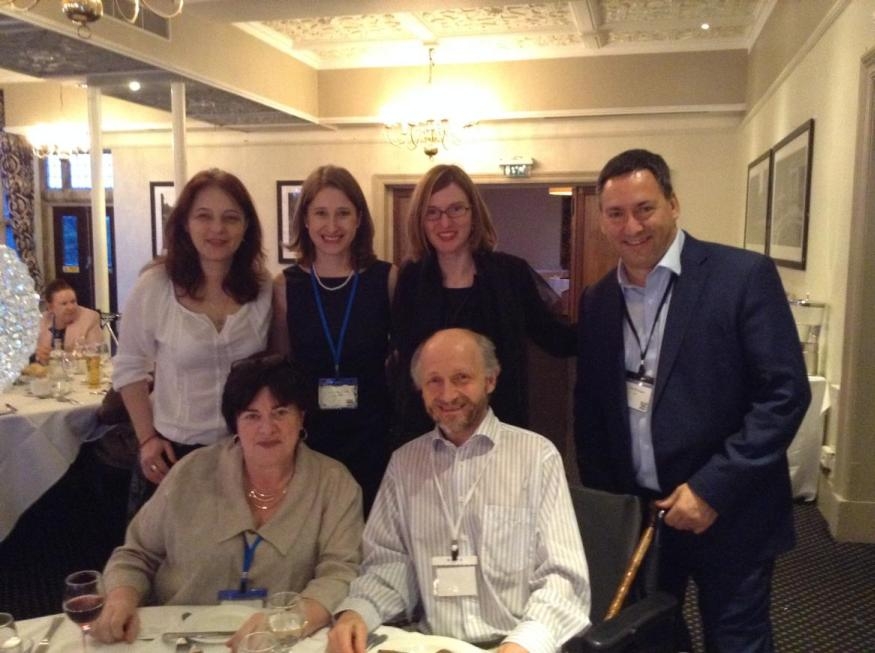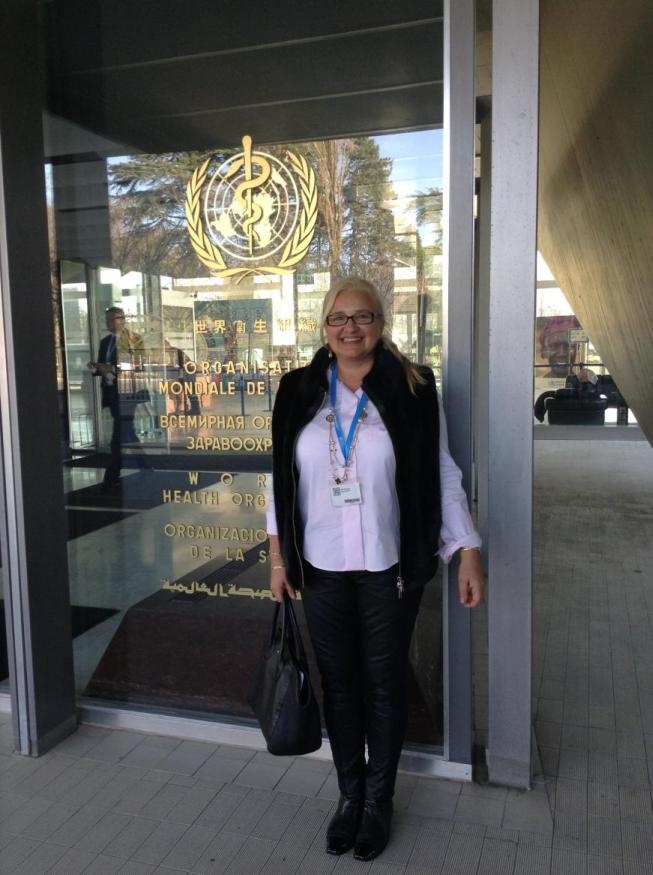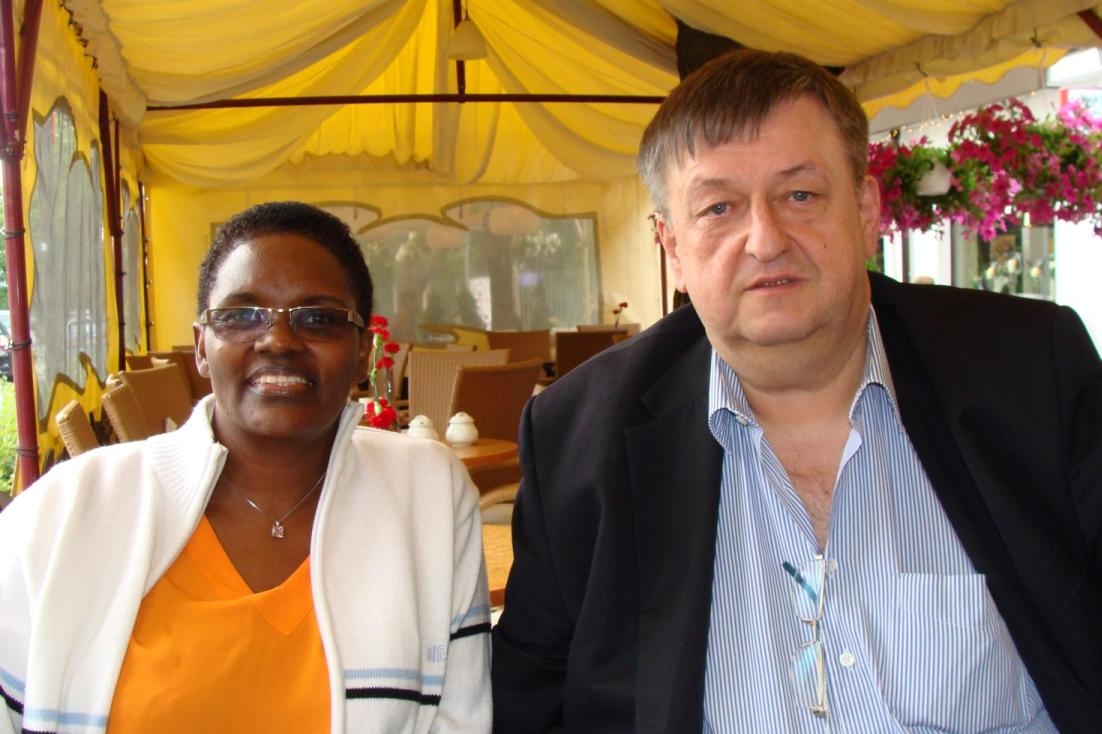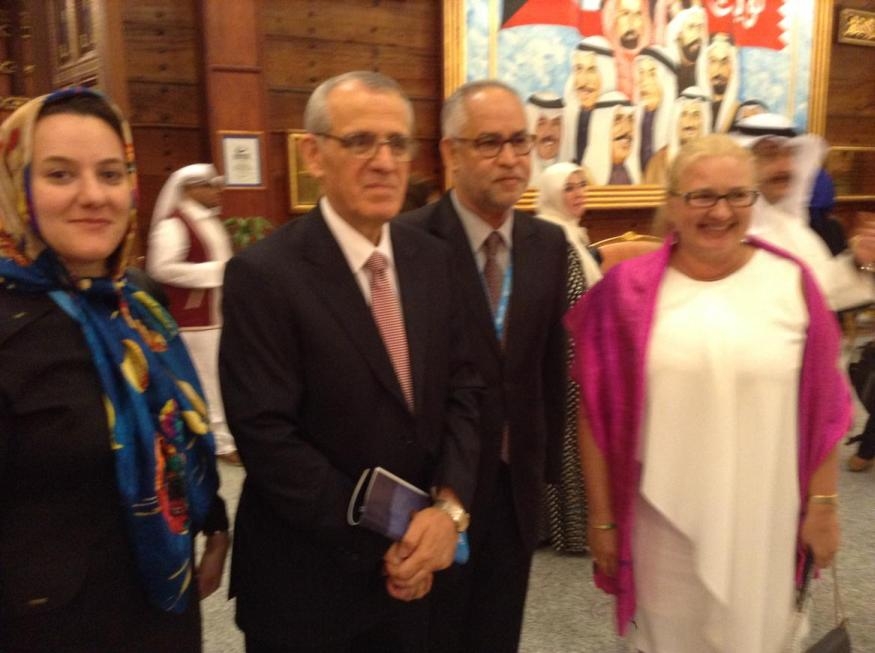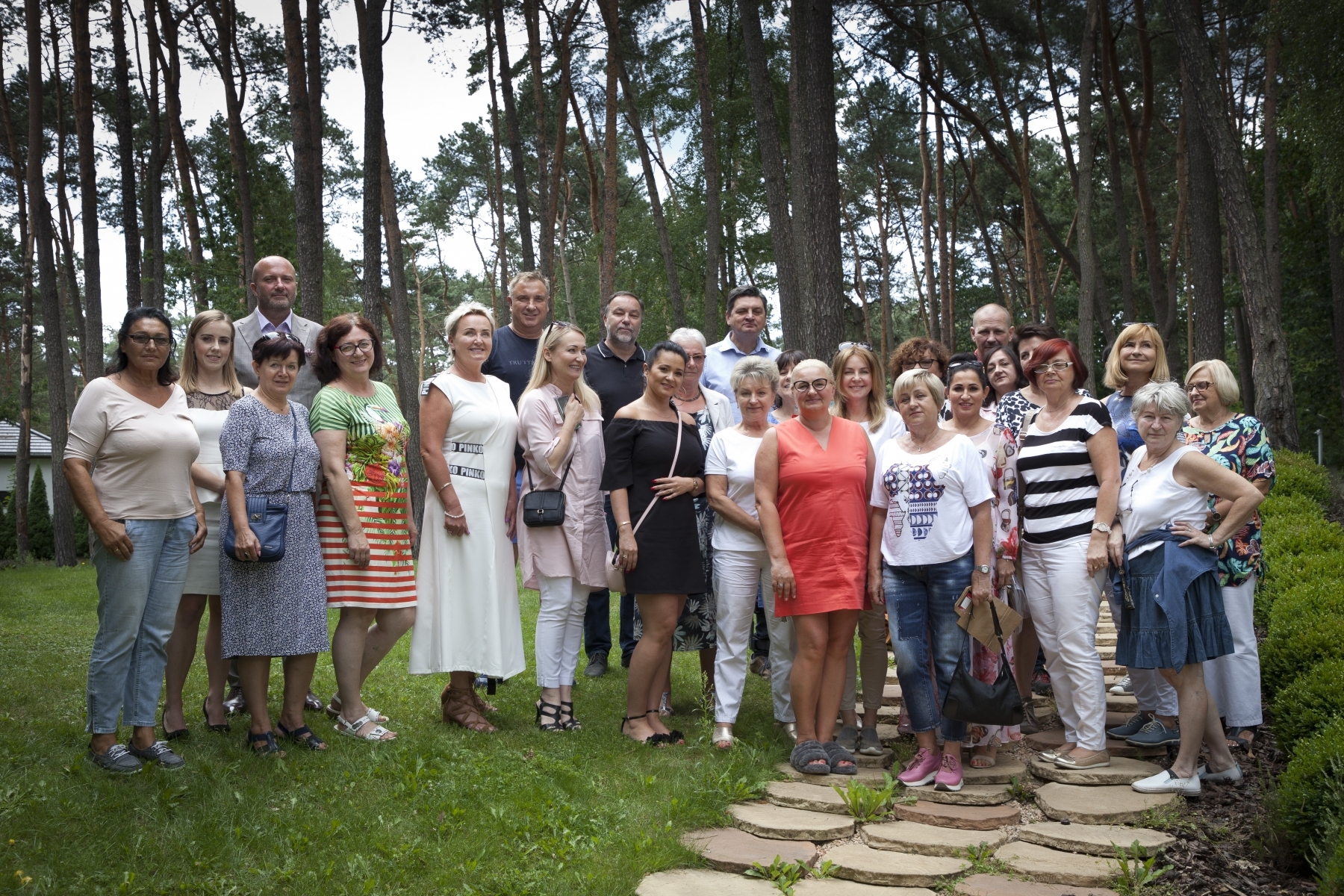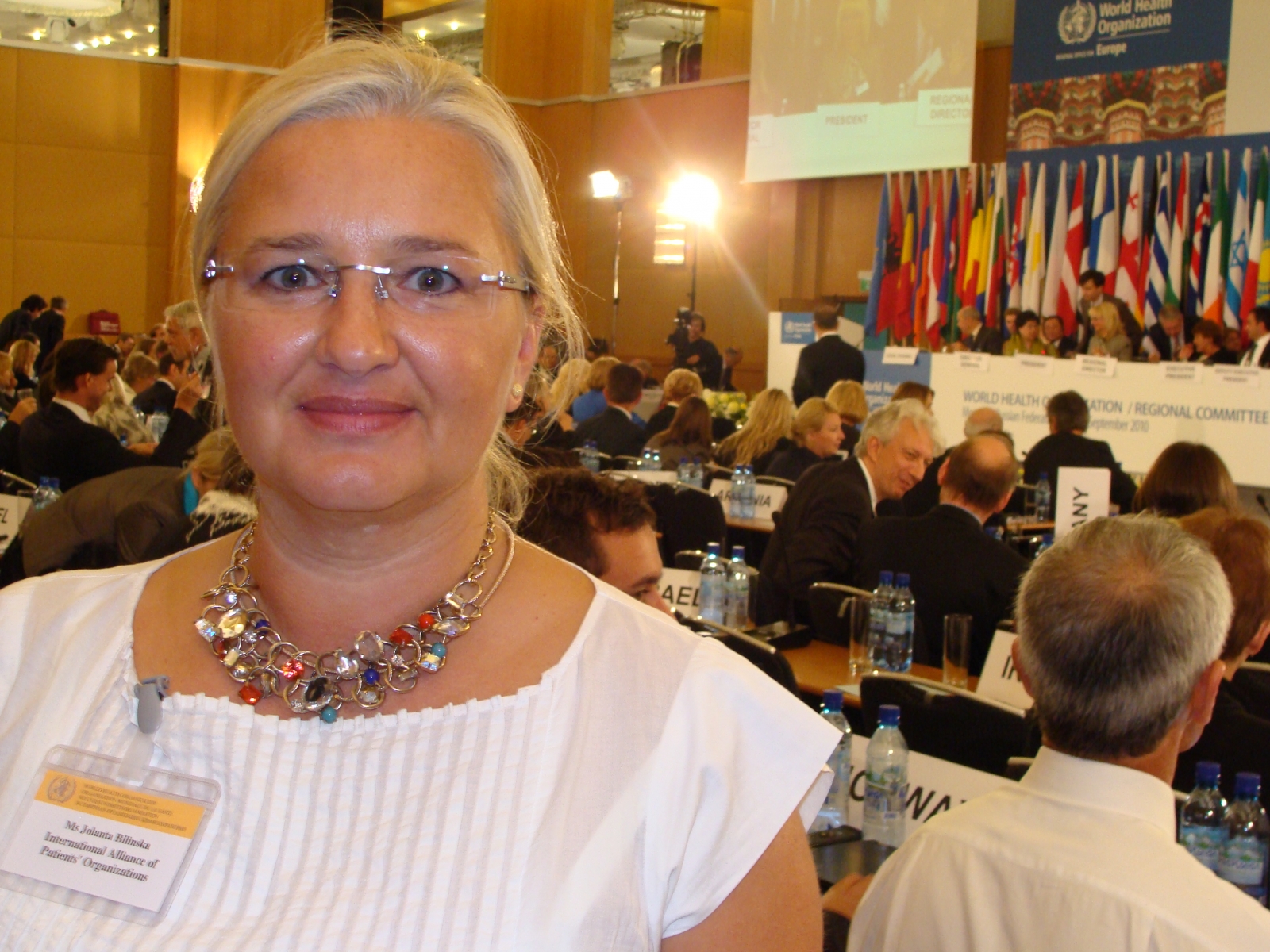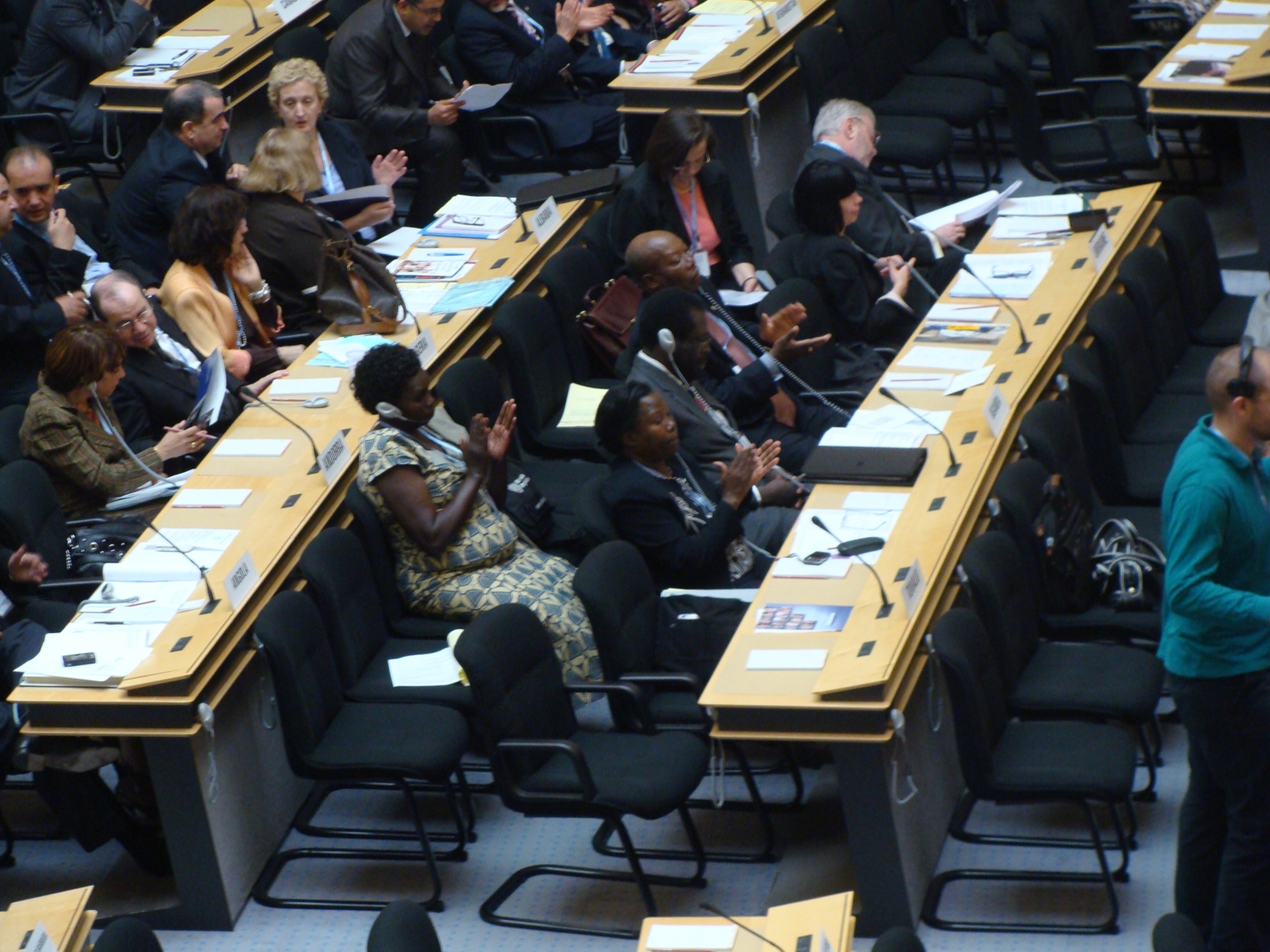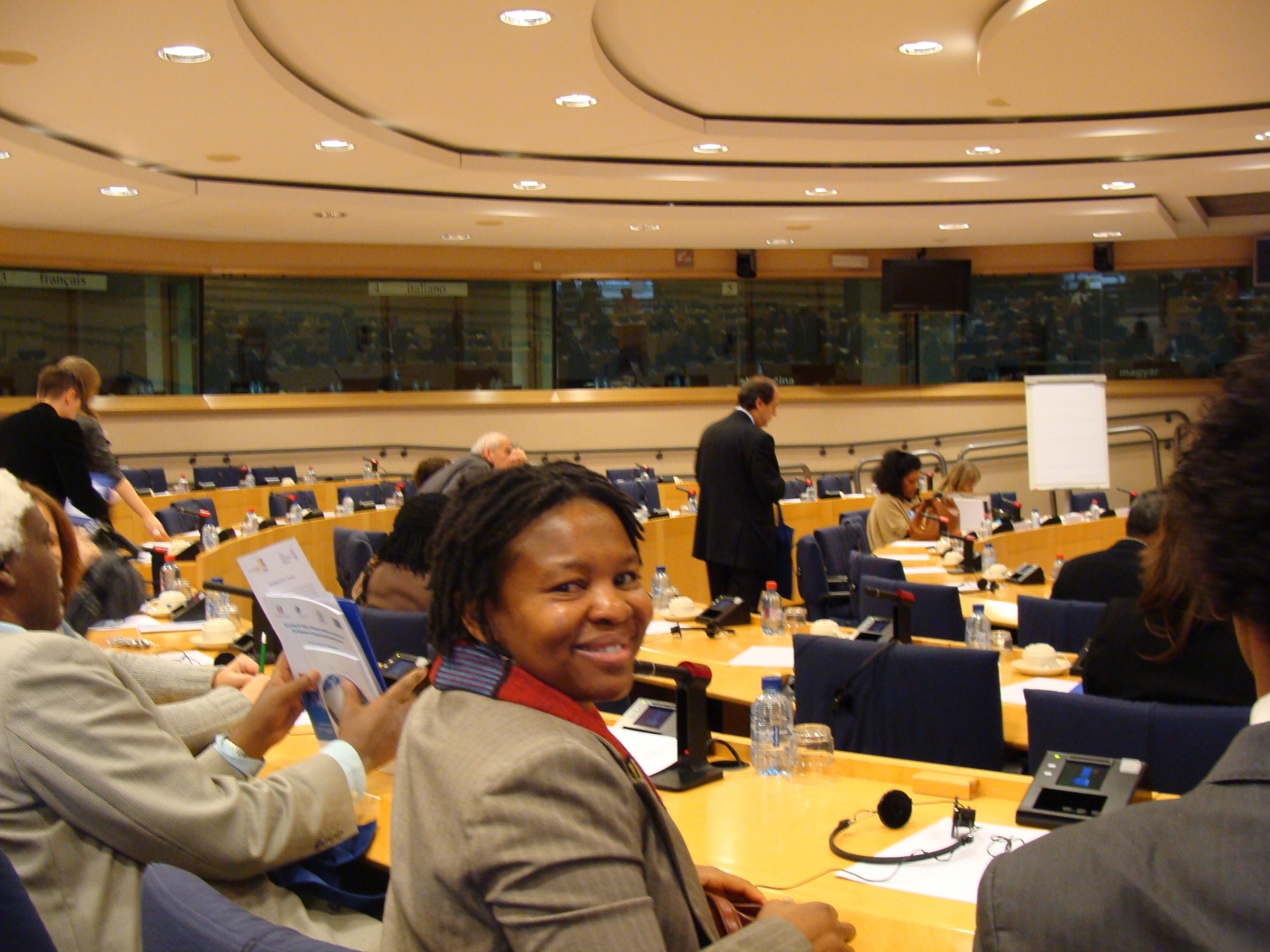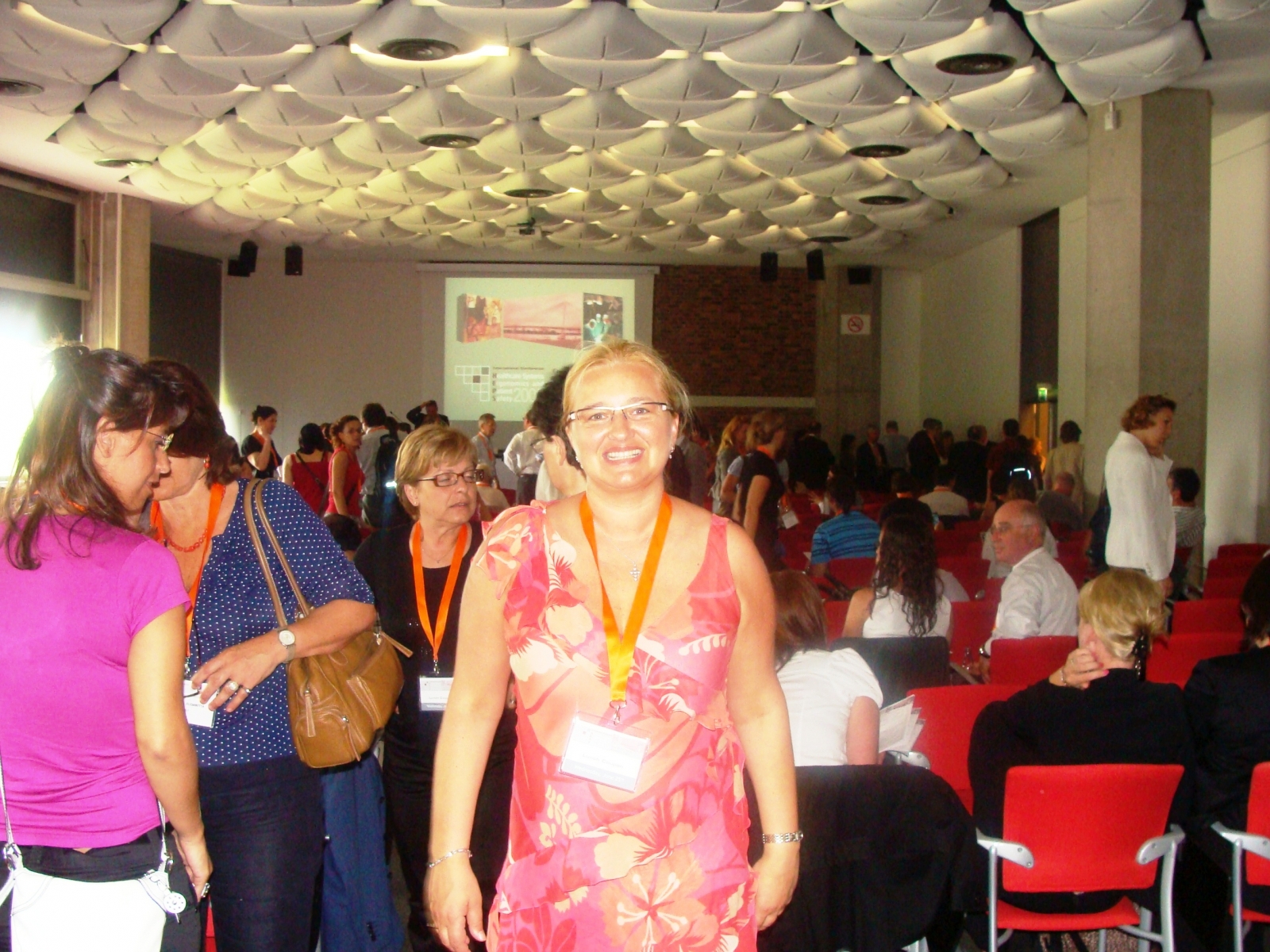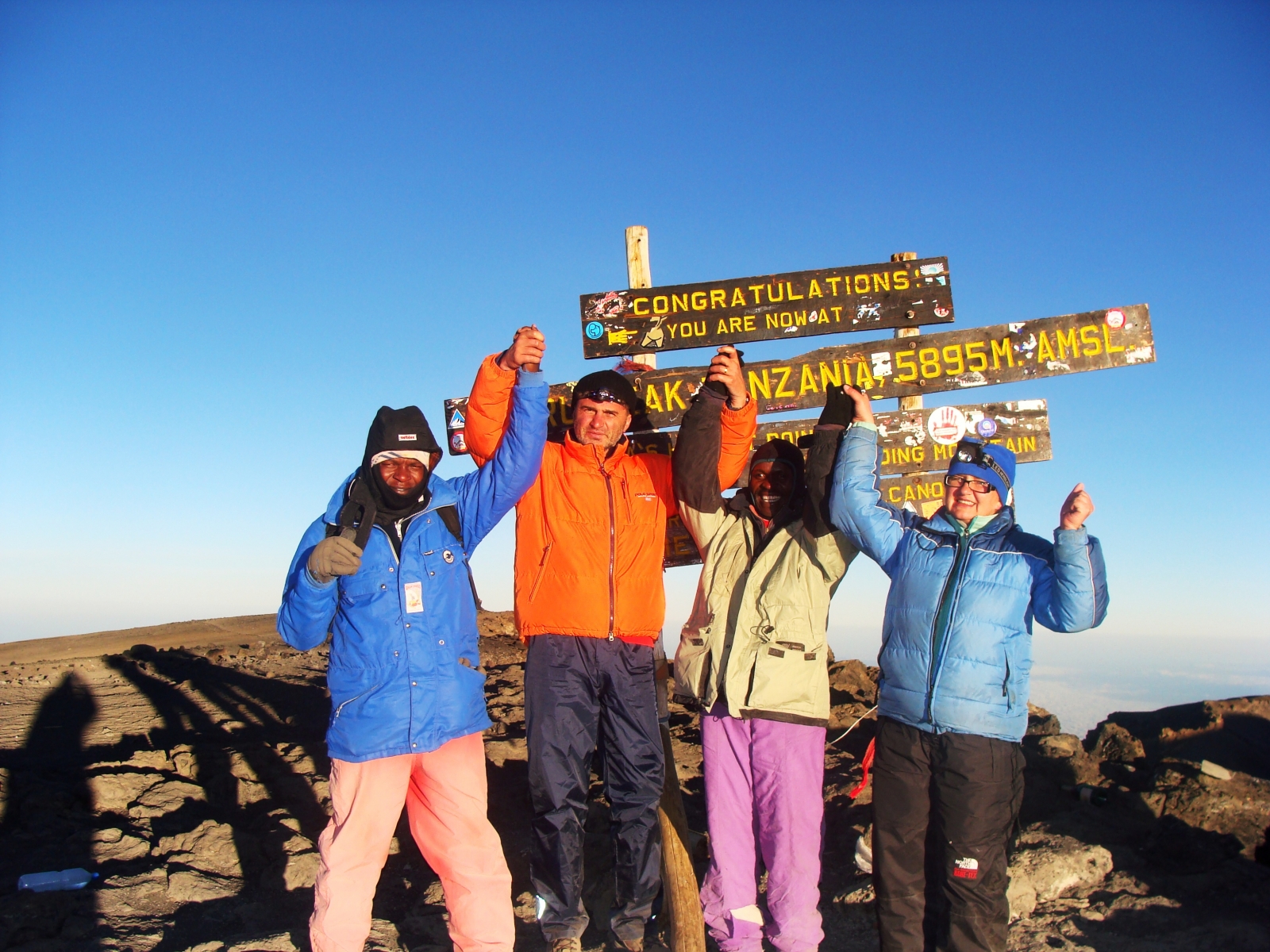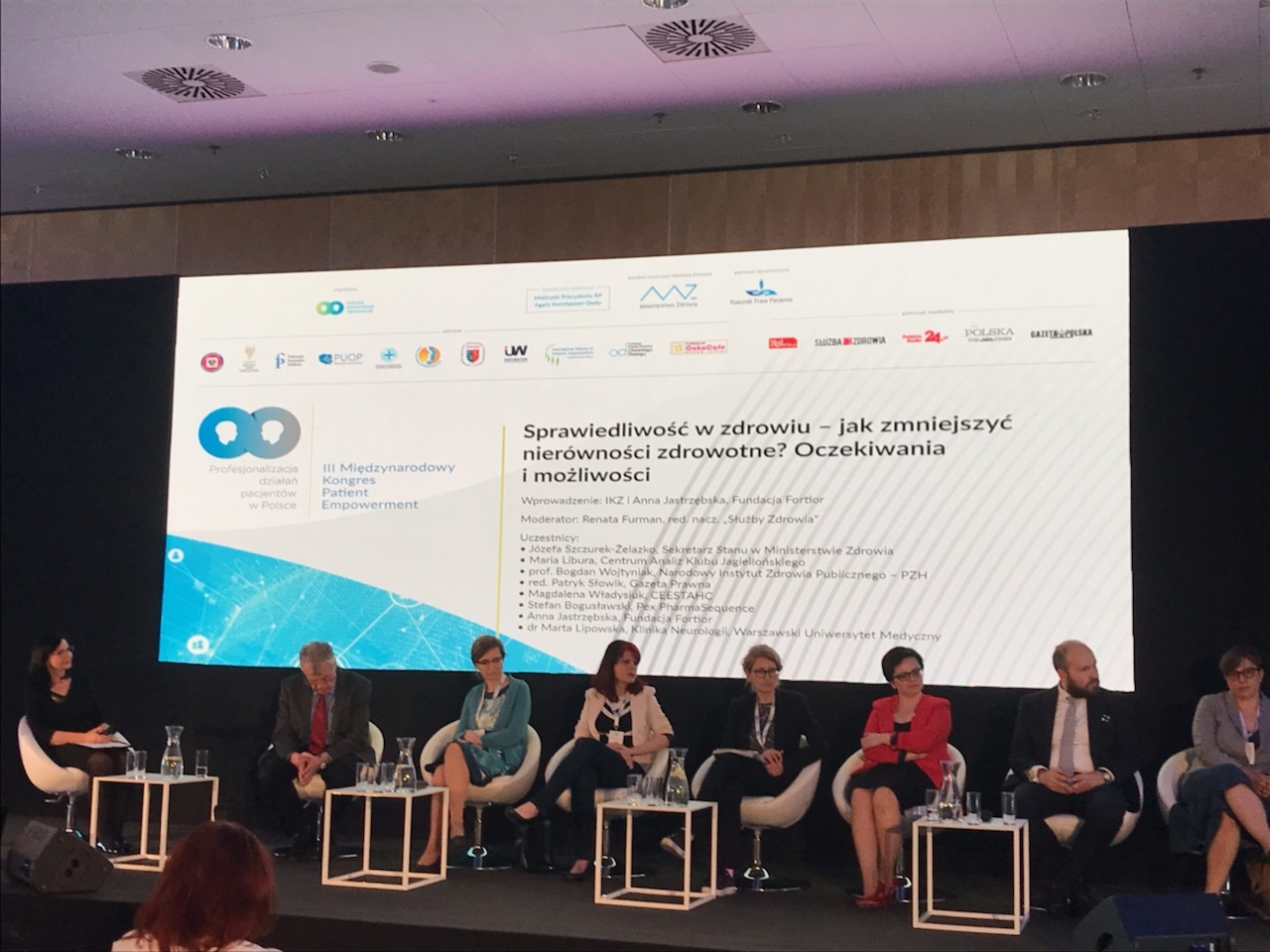Phew! I did it! I climbed the roof of Africa, the highest crater of Kilimanjaro, Kibi mountain with the of height of 5895 m.a.s.l.
On the top of Kilimanjaro
Kili is a really marvellous and majestic
mountain, one of the highest free standing mountains. The first man who
climbed it was German geologist, Hans Meyer in 1889. For me it was the
first high mountain, that is why I will always remember it. You do not
need any creeper shoes, ice axis or ropes to climb it. People say that
the mountain is not difficult from the technical point of view, but I
know that it is hard to climb it if you are not in good shape,
especially during the hill-climbing attack. However, lot of people do
not reach the top mainly because of the height and problems with
pressure, not because of bad shape.
In the age of Internet
arranging an agency, the route and defining costs was no problem. For
$1000 each we were to climb the peak within 6 days taking the Machame
route– the most difficult one, which the locals call the Whisky Route,
as opposed to an easier route, Marangu, i.e. the Coca Cola route. The
other group of 8 doctors decided to take the Coca Cola route. I and my
brother have taken Machame route. Before we left Poland the Sobiepański
Trocha Graphic Studio had made a poster for the Foundation, which we
were going to unwind when we reached the peak.
The poster had to be
made of light but also very durable material since our journey through
Africa was to take almost a month. At the press conference I informed
journalists that the members of the Patient Safety Foundation had
planned to climb Kilimanjaro, I also told them about our campaigns to
get patients involved in hospital activities and the treatment process
by informing doctors, nurses and hospital administration employees about
their needs and plans of changes to be introduced. They wished us every
success on the route. Providing information on the trekking I wanted to
make people interested in issues related to patients safety, emphasize
what could be done together and how.
Jambo – Good morning!
We spent the night before the trek in Arusha,
small town near Kilimanjaro. We could not fall asleep for a long time,
so we observed the starry African sky. We packed only the necessary
things into our backpacks, I remembered to take the head flashlight
batteries, cap, gloves and trekking poles. I decided not to take any
books because I thought that my free time would be fully devoted to
establishing international contacts. Early in the morning the driver
came to take us and put our luggage in the land rover.
The first day
we were walking through the tropical forest. The way was quite easy,
the guide asked us to walk “pole, pole”, which means more slowly. I must
admit that I grew fond of the Swahili language from the very first day
because it was like a revision of the “Lion King” language. “Mzungu”
means a foreigner, “karibu” means please, the greetings “jambo” and
“mambo” have been in our dictionary for a long time. In the forest we
enjoyed observing monkeys but dampness and ubiquitous insects were quite
annoying. We reached the first camp after 5 hours. We put up our tents
between people from Germany and France. We were at the level of 3100
metres.
Snows of Kilimanjaro
It was damp in the tent. I woke up a few times
during the night. I got up in the morning because I felt pain in my
back. Our steward brought two small bowls with water and hot tea to our
tent. The sun was rising, the sky was so clear that it seemed almost
transparent. We could see the snow-capped Kilimanjaro for the first
time. Our clothes dried in the sun in a few minutes. African mice darted
from under our feet.
On the second day we reached the Shira camp at
the level of 3800 m.a.s.l. The route was more difficult, more rocky,
but the view was spectacular. For the first time I saw lobelias, cactus
trees, which were integrated into the lava fields. We caught the rhythm
of the trekk slowly: we woke up in the morning, had a wash and ate
breakfast. Every day we took our lunch on the route: hard-boiled egg and
a toast with butter. On the trek we could admire different landscapes
each day.
We could not expect we would be the only people on the
route, and groups of mountain hikers walked one after the other as in a
busy street. We could also see carriers who were jumping or running with
heavy objects on their heads. They were always cheerful, which
sometimes seemed unbelievable to “Mzungu” people. There were people of
various nationalities on the route. They greeted each other and talked
mostly about what to do to reach the peak.
Hakuna Matata
The expression means “no problem”. You need to
drink three up to four litres of liquid daily, follow the guide’s
instructions and climbing the peak will not be any problem. Today’s
morning I looked up at the breakfast wall and I thought that would be
the end of the mountain climbing. I saw a vertical wall, no paths for
me. Raphael, our guide, began to laugh when he heard about what I was
afraid of. It was only two hours of climbing on rocks. In his opinion it
was no problem and he advised me to leave my poles with the main
luggage. He said I would not need them that day. He was right, the route
turned out to be tolerable, however, at some points I thought my legs
should be a few cm longer to make walking more comfortable. That day we
walked to the Karanga Valley, i.e. the last place when water was
available. We filled all containers and bottles with water and set off
towards the Baraf camp. When we got there at 4 p.m. we were very tired.
We had a light meal the cook had prepared for us and the guide told us
to have 5 hours of sleep. It was easy to say. I remember that my brother
was reading the bible when I fell asleep. Just before midnight one of
the carriers woke us up, gave us some tea and encouraged us to get ready
for the hill-climbing attack. That night we were to reach Stella Point
at the level of 5745 m.a.s.l., and then the peak, the Uhru Peak. It was
to take us about six or seven hours, until dawn. We lit up our
flashlights and followed the guide. The rest of the group was to wait
for us in the camp. We were in good moods. I was glad because my
afternoon headache eased off. I felt cheerful and fresh.
After one hour of marching I saw some hikers walking down the hill with headache and nose bleed.
I
went through the night’s climbing attack in silence. The guide told us
to spare oneselves and talk only during short breaks when we were
drinking tea. I remember the guide’s boots very well since I was looking
at them to follow his tracks. I did not have to think too much, I was
just walking. When I was gasping for breath I stopped for a while and
then began to walk again. At some points I was weary of the monotonous
march. Then I turned back and saw Moshi shimmering with lights below.
For the last section from the vantage point, Stella Point, I was
crawling. My brother was running up for the last 700 metres to the peak.
When I touched the board on the peak my eyes were filled with tears. We
unwound the poster with fingers numb with cold. All people that were on
the mountain peak at that time came up to us and asked us what we were
doing and why we should care about patients safety. I was so tired that I
almost could not speak and it was only in the Barafu camp that I
answered all their questions. The Toya TV programme reporter asked how
many more peaks the Foundation members were going to climb in the
future. We have already been to Nepal, Pakistan, and Africa. We want our
members, volunteers and patients to talk about what we do. Just after
the expedition I was travelling by bus for 24 hours to get to Kampala in
Uganda. On 3rd November 2008 a meeting was held there, in which
organizations dealing with patients’ issues participated. The meeting
was attended by representatives of many African countries, such as
Tanzania, Kenya, Uganda, Nigeria, Zimbabwe, Ghana and the Republic of
South Africa. I managed to talk to them and find out what the
patient-focused care was like in their countries, share experience on
joint actions of European and African leaders in patients safety
movement. It was thanks to Regina Namata Kamoga and Robina Kairitimba
that I could visit the Mulago hospital – the sickle cell anaemia
laboratory and see how the chain project works, which is a centre for
activity, education and promotion for children and young people in
Kampala, whose parents died of AIDS. Over 70 children in the centre
learn basic every-day life skills, how to use Internet and communicate
with others.
chain Kampala
The meeting in Kampala proved again that patients safety issues reach beyond geographic borders. We can all act together to make care over patients even more perfect.

Sickleceel association Uganda




